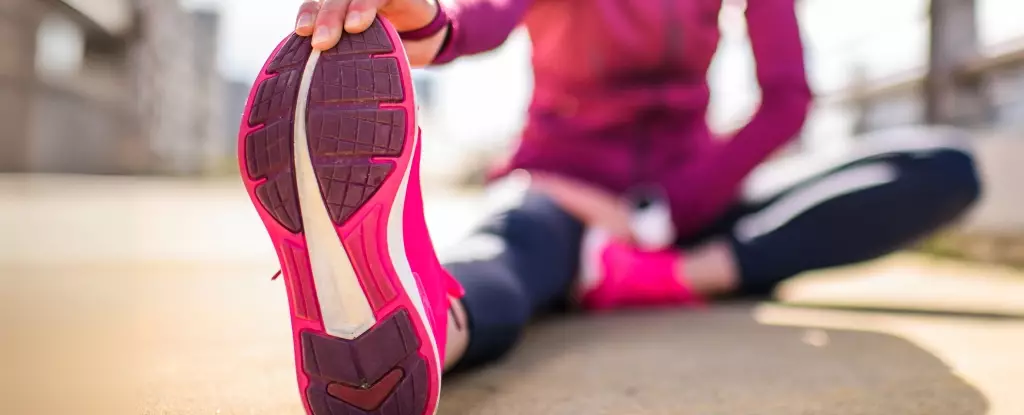Flexibility is an essential aspect of physical fitness that often goes unnoticed until we find ourselves struggling to perform common movements. If reaching for objects, twisting our torso, or bending down feels like a Herculean task, it may signal a deficiency in flexibility. Flexibility refers to the capacity of a joint to move through its full range of motion, which is crucial for executing various athletic activities and preventing injuries. Furthermore, as we age, maintaining flexibility becomes vital for preserving our functional independence, allowing us to move freely and perform daily tasks without assistance.
Physical activities, whether sports-related or routine movements, hinge on adequate flexibility. The inability to perform these actions can lead to discomfort and diminished quality of life, highlighting the need for a better understanding of flexibility and how to enhance it through appropriate stretching techniques.
Among the various stretching methods available, static stretching emerges as the most prevalent choice for improving flexibility. This technique focuses on elongating muscles and holding them at a stretch for a designated time, typically between 15 to 60 seconds. For instance, an effective static stretch may involve placing one leg on a raised surface and leaning forward to target the hamstrings. The simplicity of static stretching makes it accessible to individuals of all ages and fitness levels.
However, despite its widespread use, determining the optimal duration and frequency of static stretching is often unclear. Recent research has provided insights into how we can more effectively develop our flexibility. After an extensive review of numerous studies encompassing thousands of participants, compelling findings on the duration and frequency of stretching have emerged.
New Findings on Effective Stretching Duration
Research indicates that holding a single stretch for a total of about four minutes yields immediate flexibility improvements. Engaging in longer stretches past this point does not result in additional benefits. To achieve lasting increases in flexibility, stretching each targeted muscle group for approximately ten minutes weekly is ideal. This accumulated stretching time does not need to occur in a single session; rather, it can be divided across the week, allowing for greater flexibility in scheduling.
For instance, stretching different muscle groups for just over a minute daily or dedicating five minutes twice a week can suffice. Those with relatively tight muscles may need to invest more time in stretching, reflecting the necessity of individualized stretching routines based on personal flexibility levels.
The intensity of the stretch also plays a role in its effectiveness. A common misconception is that stretching must be painful to yield results; however, both mild and intense stretching can enhance flexibility. This finding is particularly encouraging, as it allows individuals to choose an intensity level that feels comfortable yet effective for them, thus maintaining a consistent stretching regime.
Regardless of one’s background—be it sedentary, athletic, young, or elderly—everyone stands to benefit from improved flexibility. This universality reinforces the idea that flexibility training is not just for athletes but a crucial aspect of health for all individuals.
One of the appealing aspects of static stretching is its flexibility in practice; no special equipment is necessary, and it can easily be integrated into daily routines. Whether during a break at work, in front of the television, or after physical activity like walking, anyone can find moments to stretch. This promotes not just flexibility but also relaxation and stress relief, enhancing overall well-being.
Examples of effective stretches for common tight muscle areas include placing a foot on a raised surface to stretch the hamstrings, doing a quadriceps stretch by holding an ankle to your buttocks, and reaching overhead to stretch the triceps. These simple movements can significantly contribute to overall flexibility when performed consistently.
While self-directed stretching is beneficial, consulting a health professional such as a physiotherapist or an exercise physiologist can provide tailored recommendations specific to individual needs. A personalized stretching plan can address unique tightness areas, facilitating more effective and safe stretching outcomes.
The journey toward improved flexibility does not require extensive time or effort; understanding the principles and consistently applying simple stretches can lead to significant advancements in flexibility. Embracing stretching as a regular part of your life may just unlock newfound physical capabilities you never knew existed.

